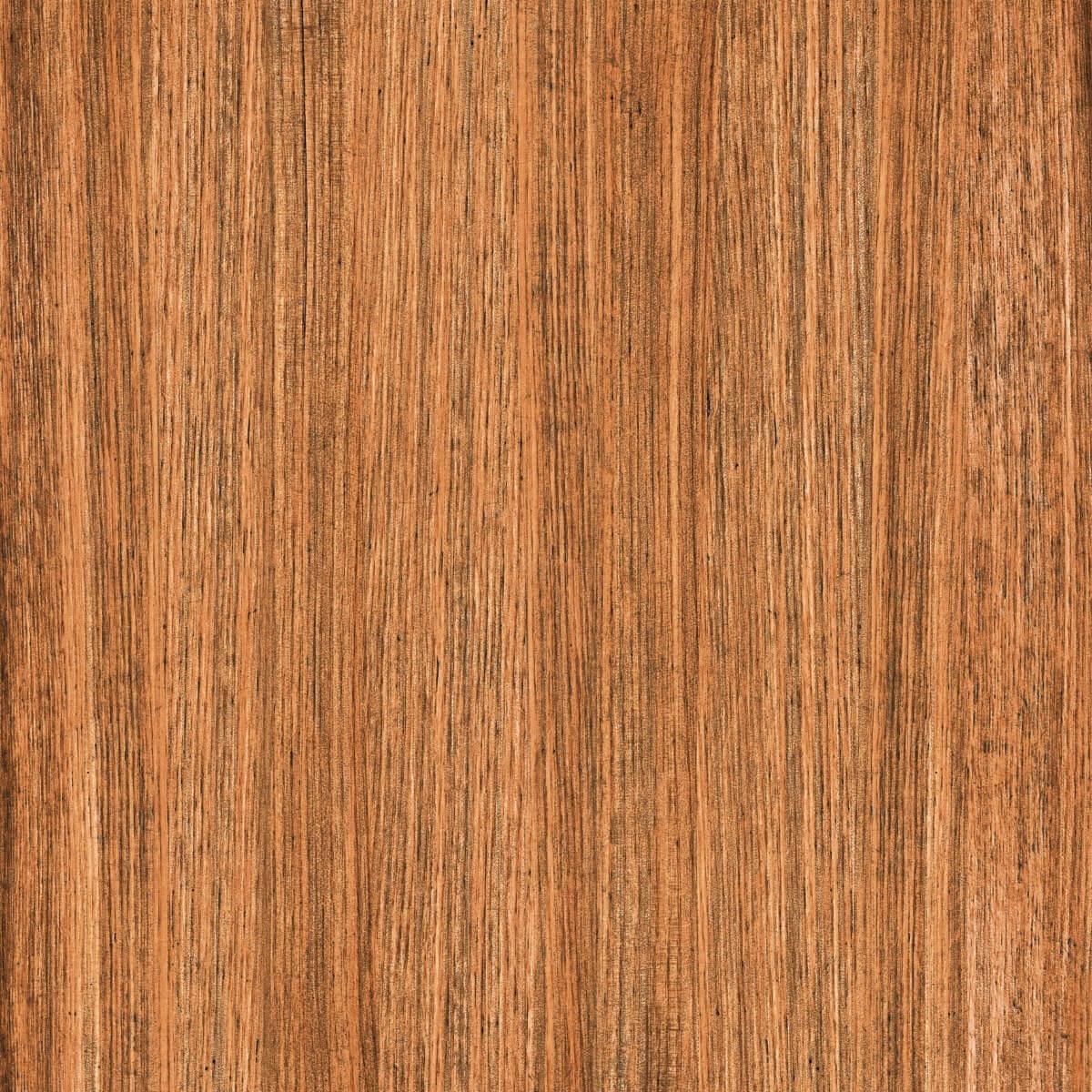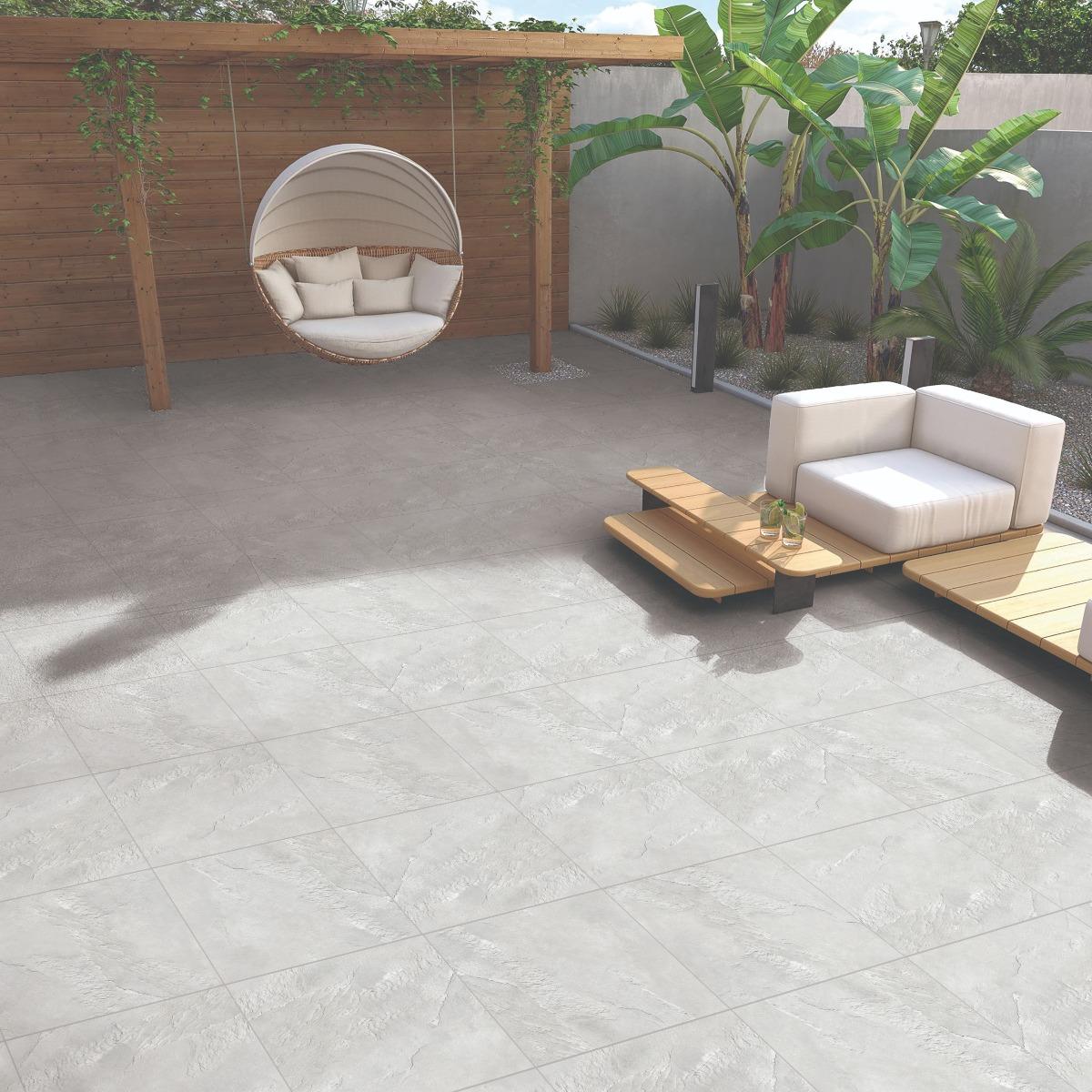17 जून 2025 | अपडेट की तिथि: 27 अगस्त 2025, पढ़ने का समय: 4 मिनट
803
टाइल स्पेसर: फ्लॉलेस टाइल इंस्टॉलेशन के लिए आवश्यक टूल

टाइल्स में डाल रहे हैं? स्पेसर न छोड़ें! ये छोटे मददगार एक बड़ा अंतर बनाते हैं. प्लास्टिक या रबर से बना, टाइल स्पेसर टाइल्स के बीच अंतर बनाए रखते हैं. चाहे आप बाथरूम फ्लोर, किचन वॉल या ऑफिस स्पेस फिक्स कर रहे हों, फ्लोर टाइल स्पेसर या वॉल टाइल स्पेसर सीधे, क्लीन-लुकिंग टाइल लाइन बनाने में मदद करते हैं. वे ग्राउट के लिए कमरा छोड़ते हैं और टाइल्स को गर्मी और नमी में बदलाव के साथ थोड़ा हिलने की अनुमति देते हैं, जिससे क्रैक बनने से रोकते हैं. यहां, इस ब्लॉग में, जानें कि कैसे आवश्यक टाइल स्पेसर हैं, उनका उपयोग कैसे करें, और अपने डिज़ाइन के लिए सबसे अच्छा क्या है.
टाइल स्पेसर क्या है और उन्हें क्या महत्वपूर्ण बनाता है?
टाइल स्पेसर एक छोटा, प्लास्टिक या रबर टूल है जो इंस्टॉलेशन के दौरान टाइल्स को समान रूप से रखने में मदद करता है. वे क्रॉस, टी-शेप या सीधे टुकड़े के रूप में आते हैं, आमतौर पर 2 से 5 mm मोटा, आपकी प्रोजेक्ट की आवश्यकता के आधार पर.
क्या आपको स्पेसर के साथ या बिना किसी के टाइल्स की आवश्यकता है? इसका जवाब है, हां! ये छोटे डिवाइस:
- साफ लुक के लिए सभी गैप को एक ही साइज़ में रखें
- तापमान बदलने के साथ-साथ टाइल्स का विस्तार करने और संकुचित करने के लिए जगह बनाएं
- ग्लू ड्राइज़ से पहले टाइल्स को आस-पास मूव करने से रोकें
- ग्राउट भरने के लिए परफेक्ट स्पॉट बनाएं
अब मार्केट में विभिन्न जॉब के लिए कई प्रकार के टाइल स्पेसर हैं. बेसिक क्रॉस शेप से लेकर फैंसी सेल्फ-लेवलिंग सिस्टम तक, हर इंस्टॉलेशन के लिए कुछ है. चाहे आप छोटी टाइल्स सेट कर रहे हों या बड़ी स्टोन स्लैब, सही स्पेसर का उपयोग करके आपका काम अधिक प्रोफेशनल और लंबे समय तक रहेगा.
टाइल स्पेसर के प्रकार
अलग-अलग टाइल प्रोजेक्ट के लिए विशेष प्रकार के स्पेसर की आवश्यकता होती है:
एक्स-आकार के स्पेसर सबसे व्यापक रूप से इस्तेमाल किए जाने वाले टाइप और स्टैंडर्ड ग्रिड पैटर्न हैं, जिसमें चार टाइल्स कॉर्नर पर इंटरसेक्टिंग शामिल हैं.
ये टाइल्स स्पेसर डिज़ाइन ईंट-पैटर्न के लिए आदर्श है या जहां तीन टाइल्स इंटरसेक्ट करती हैं.
वेज स्पेसर वॉल टाइल लेवलिंग के लिए डिज़ाइन किए गए एडजस्टेबल स्पेसर हैं, विशेष रूप से पहले कोर्स के लिए उपयुक्त.
हॉर्सशो स्पेसर टाइल्स के नीचे रखे जाते हैं, जिससे उन्हें बॉन्ड पैटर्न चलाने और आसानी से हटाने के लिए उपयुक्त बनाता है.
लिपेज (टाइल्स की अलग-अलग ऊंचाई) को रोकने के लिए, विशेष रूप से बड़े-फॉर्मेट टाइल्स के साथ एक में स्पेसिंग और लेवलिंग.
प्रत्येक डिज़ाइन वेरिएशन विशिष्ट इंस्टॉलेशन चुनौतियों को दूर करता है, जिससे एकसमान ग्राउट लाइन सुनिश्चित होती है.
सही टाइल स्पेसर का साइज़ चुनना
सही स्पेसर साइज़ लागू करना लेआउट पैटर्न और एप्लीकेशन एरिया जैसे विभिन्न कारकों पर निर्भर करता है. फ्लोर टाइल्स में आमतौर पर 3 से 5 mm स्पेसर शामिल होते हैं, ताकि स्ट्रक्चरल इंटीग्रिटी बनाए रखते हुए नेचुरल मूवमेंट की अनुमति मिल सके. अधिक सुव्यवस्थित दिखने के लिए, वॉल टाइल्स आमतौर पर 2 से 3 mm तक के टाइल स्पेसर का उपयोग करने के अलावा स्पेस की जाती है.
स्पेसर की चौड़ाई चुनते समय अपनी पसंद के मटीरियल टाइप को ध्यान में रखें. हैंडमेड नेचुरल स्टोन और सिरेमिक टाइल्स में असमान किनारे होते हैं और इसके लिए बड़ी ग्राउट लाइन (3 mm-5 mm) की आवश्यकता होती है, जबकि रेक्टिफाइड पोर्सिलेन टाइल्स में सटीक किनारे होते हैं और छोटे टाइल स्पेसर (1 mm- 2 mm) को समायोजित कर सकते हैं.
आपकी डिज़ाइन स्टाइल भी एक पुरानी स्टाइल के लुक पर विचार करने के लिए कुछ है, जो व्यापक ग्राउट चौड़ाई वाली जगहों के माध्यम से प्राप्त की जाती है, जबकि नज़दीकी स्पेस में ताज़ा, आसान लुक होता है. अपने टाइल प्रोडक्ट के लिए बेहतर स्पेसर साइज़ के लिए हमेशा निर्माता की सलाह लें.
यह भी पढ़ें: आपके ग्राउट के सभी प्रश्नों का उत्तर दिया गया है
वॉल टाइल स्पेसर बनाम फ्लोर टाइल स्पेसर
हालांकि वॉल और फ्लोर टाइल स्पेसर एक ही समग्र उद्देश्य को पूरा करते हैं, लेकिन उनके एप्लीकेशन का प्रकार बहुत अलग है. फ्लोर टाइल स्पेसर को इंस्टॉलेशन के दौरान अधिक दबाव का सामना करना चाहिए क्योंकि टाइल्स पूरी तरह से एडहेसिव इलाज से पहले फुट ट्रैफिक का अनुभव करते हैं. वे आमतौर पर लोड-बेयरिंग होते हैं और अक्सर फीचर डिज़ाइन होते हैं जो उन्हें बहुत गहराई से एडहेसिव होने से रोकते हैं.
वॉल टाइल स्पेसर को गुरुत्वाकर्षण के साथ मुकाबला करना चाहिए क्योंकि वे रखे गए हैं. वेज और टी-टाइप स्पेसर दीवारों पर लगाने के लिए बहुत ही उपयोगी हैं, ताकि टाइल्स एडहेसिव सेट से पहले नीचे नहीं स्लाइड कर सकें. वॉल एप्लीकेशन आमतौर पर क्लीनर फिनिश प्राप्त करने के लिए एस्थेटिक विचारों के आधार पर थोड़े छोटे स्पेसर (2 mm- 3 mm) को पसंद करते हैं.
दोनों प्रकारों में समान स्थान होता है, लेकिन हर प्रकार को क्षैतिज बनाम वर्टिकल सतहों की विशिष्ट आवश्यकताओं को पूरा करने के लिए इंजीनियर किया जाता है. कुछ यूनिवर्सल स्पेसर दोनों एप्लीकेशन के लिए काम करते हैं, जबकि विशेष प्रकार विशिष्ट एप्लीकेशन में काम करते हैं.
टाइल स्पेसर का उपयोग कैसे करें (चरण-दर-चरण)
चरणों में सही टाइल स्पेसिंग कैसे प्राप्त करें:
- सतह तैयार करें: शुरू करने से पहले साफ, स्तर और सूखा क्षेत्र..
- एडहेसिव लगाएं: टाइल एडहेसिव को वर्केबल साइज़ में एक नॉच्ड ट्रवल के साथ समान रूप से फैलाएं..
- पहली टाइल सेट करें: अपने लेआउट लाइन के साथ इसे ध्यान से रखें..
- स्पेसर जोड़ें: हर कोने में स्पेसर रखें जहां टाइल्स इंटरसेक्ट करती हैं, और उनकी गहराई एक ही होती है..
- रिपीट पैटर्न: अधिक टाइल्स को उसी तरह फिट करें, उनके बीच स्पेसर के साथ घुमाएं..
- अलाइनमेंट चेक करें: समय-समय पर चेक करें कि टाइल्स लेवल और सही जगह पर रहती हैं..
- स्पेसर हटाएं: एक बार एडहेसिव आधा सेट हो जाने के बाद (आमतौर पर 24 घंटे), सभी स्पेसर को सावधानी से हटाएं..
- अप्लाई ग्राउट: निर्माता द्वारा सुझाए गए अनुसार, उपयुक्त ग्राउट के साथ अंतर भरें..
- क्लीन सरप्लस: ग्राउट सॉलिड होने से पहले, डैम्प स्पंज के साथ किसी भी अतिरिक्त को हटाएं..
यह स्ट्रक्चर्ड प्रोसेस क्लीन, टाइडी ग्राउट लाइन के साथ प्रोफेशनल फिनिश की आश्वासन देता है.
यह भी पढ़ें: सबसे सामान्य टाइल इंस्टॉलेशन समस्याएं - सुझाव और समाधान
स्पेसर या स्पेसर के बिना टाइल्स: कौन सा बेहतर है?
कुछ डिज़ाइनर "स्पेसरलेस" इंस्टॉलेशन का प्रस्ताव करते हैं (विशेष रूप से सुधारित टाइल्स के साथ), लेकिन स्पेसर का उपयोग लगभग हमेशा बेहतर परिणाम देता है. स्पेसर कई लाभ प्रदान करते हैं:
उपयुक्त स्पेसर वाली टाइल्स, जो आवश्यक एक्सपेंशन रूम प्रदान करती है, बकलिंग और क्रैकिंग को समाप्त करती है, क्योंकि मटीरियल का विस्तार और कॉन्ट्रैक्ट स्वाभाविक रूप से होता है. स्पेसर ग्राउट लाइन बनाते हैं जो सबफ्लोर और बिल्डिंग मूवमेंट में मामूली उतार-चढ़ाव को समायोजित करते हैं, जो एक ठोस आधार प्रदान करते हैं.
यहां तक कि "स्पेसरलेस" लगने वाले इंस्टॉलेशन भी आमतौर पर केवल छोटे 1mm स्पेसर का उपयोग करते हैं, क्योंकि उनकी अनुपस्थिति में टाइल-टू-टाइल कॉन्टैक्ट भविष्य की समस्याओं को सुनिश्चित करता है. अत्यंत तीखे किनारों के कारण, आधुनिक सुधारित टाइल्स स्थिरता से समझौता किए बिना लगभग आसान जोड़ों का दिखाव प्रदान करने के लिए बहुत छोटे स्पेसर का उपयोग कर सकती हैं.
जब टाइल्स समान रूप से रखी जाती है, तो अधिकांश प्रोजेक्ट लॉन्ग-टर्म ड्यूरेबिलिटी और विज़ुअल अपील के बीच सर्वश्रेष्ठ संभावित बैलेंस का लाभ उठाते हैं.
हमारे टाइल एक्सपर्ट से बात करें
अक्सर पूछे जाने वाले प्रश्न
स्टैंडर्ड इंस्टॉलेशन के लिए प्रत्येक टाइल को चार स्पेसर दें. 12x12-inch टाइल्स के साथ 100 वर्ग फुट इंस्टॉलेशन के लिए आपको लगभग 400 स्पेसर की आवश्यकता होगी..
हां, अगर आप उन्हें एडहेसिव पूरी तरह से सेट करने और उन्हें अच्छी तरह से साफ करने से पहले हटा देते हैं. लेकिन वे काफी सस्ते हैं कि अधिकांश इंस्टॉलर हर नौकरी पर नए स्पेसर का उपयोग करना पसंद करते हैं..
हां. प्राकृतिक पत्थर के लिए अपने प्राकृतिक परिवर्तनों और विस्तार और संकुचन को समायोजित करने के लिए भी जगह की आवश्यकता होती है..
तकनीकी रूप से, हां, लेकिन सुझाई नहीं गई है. स्पेसरलेस इंस्टॉलेशन में लिपेज, क्रैकिंग और अनियमित ग्राउट लाइन की संभावना होती है
एडहेसिव के आंशिक सेट के बाद स्पेसर हटाएं लेकिन क्विक-सेट प्रोडक्ट के लिए पूरी तरह से 20-30 मिनट या स्टैंडर्ड एडहेसिव के लिए 24 घंटे कठोर होने से पहले..
 600x1200 मिमी
600x1200 मिमी 600x600 मिमी
600x600 मिमी 195x1200 मिमी
195x1200 मिमी 300x600 मिमी
300x600 मिमी 300x600 मिमी
300x600 मिमी 300x450 मिमी
300x450 मिमी 300x600 मिमी
300x600 मिमी 300x450 मिमी
300x450 मिमी 300x600 मिमी
300x600 मिमी 300x600 मिमी
300x600 मिमी 300x450 मिमी
300x450 मिमी 300x600 मिमी
300x600 मिमी 600x1200 मिमी
600x1200 मिमी 600x600 मिमी
600x600 मिमी 600x600 मिमी
600x600 मिमी 600x1200 मिमी
600x1200 मिमी 600x600 मिमी
600x600 मिमी 600x600 मिमी
600x600 मिमी 300x600 मिमी
300x600 मिमी 600x600 मिमी
600x600 मिमी 300x600 मिमी
300x600 मिमी 600x600 मिमी
600x600 मिमी 145x600 मिमी
145x600 मिमी 600x600 मिमी
600x600 मिमी 300x600 मिमी
300x600 मिमी 600x600 मिमी
600x600 मिमी 300x600 मिमी
300x600 मिमी


























